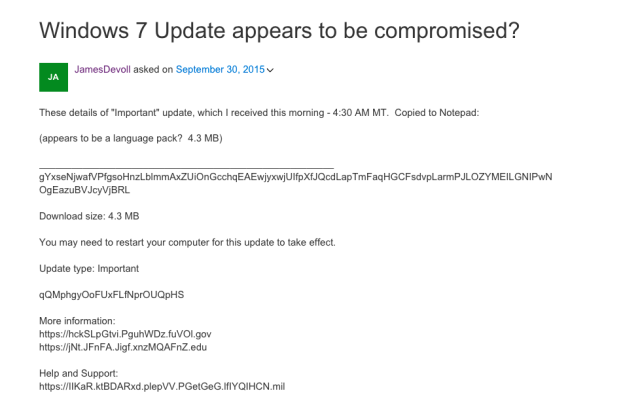Whatever disputes arch-rivals Google and Microsoft have, today they’ve agreed that patent litigation isn’t the right way to settle them.
The two companies have released a joint statement announcing that they’ve reached “an agreement on patent issues,” which includes dismissing all patent lawsuits between the two companies, including Motorola cases. Financial terms are confidential. The full statement says very little:
Microsoft and Google are pleased to announce an agreement on patent issues. As part of the agreement, the companies will dismiss all pending patent infringement litigation between them, including cases related to Motorola Mobility. Separately, Google and Microsoft have agreed to collaborate on certain patent matters and anticipate working together in other areas in the future to benefit our customers.
Microsoft sued Motorola in 2010 for patent infringement, and Motorola counter-sued later that year. Both lawsuits were inherited by Google when it bought Motorola the following year.




